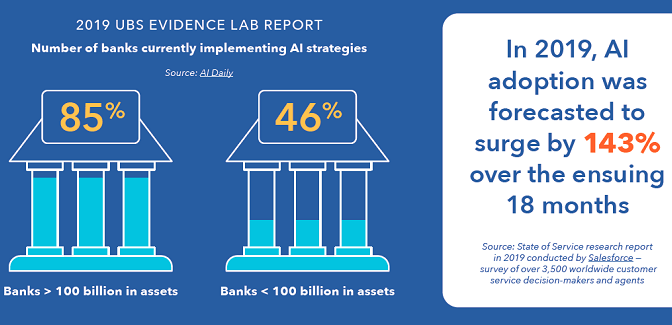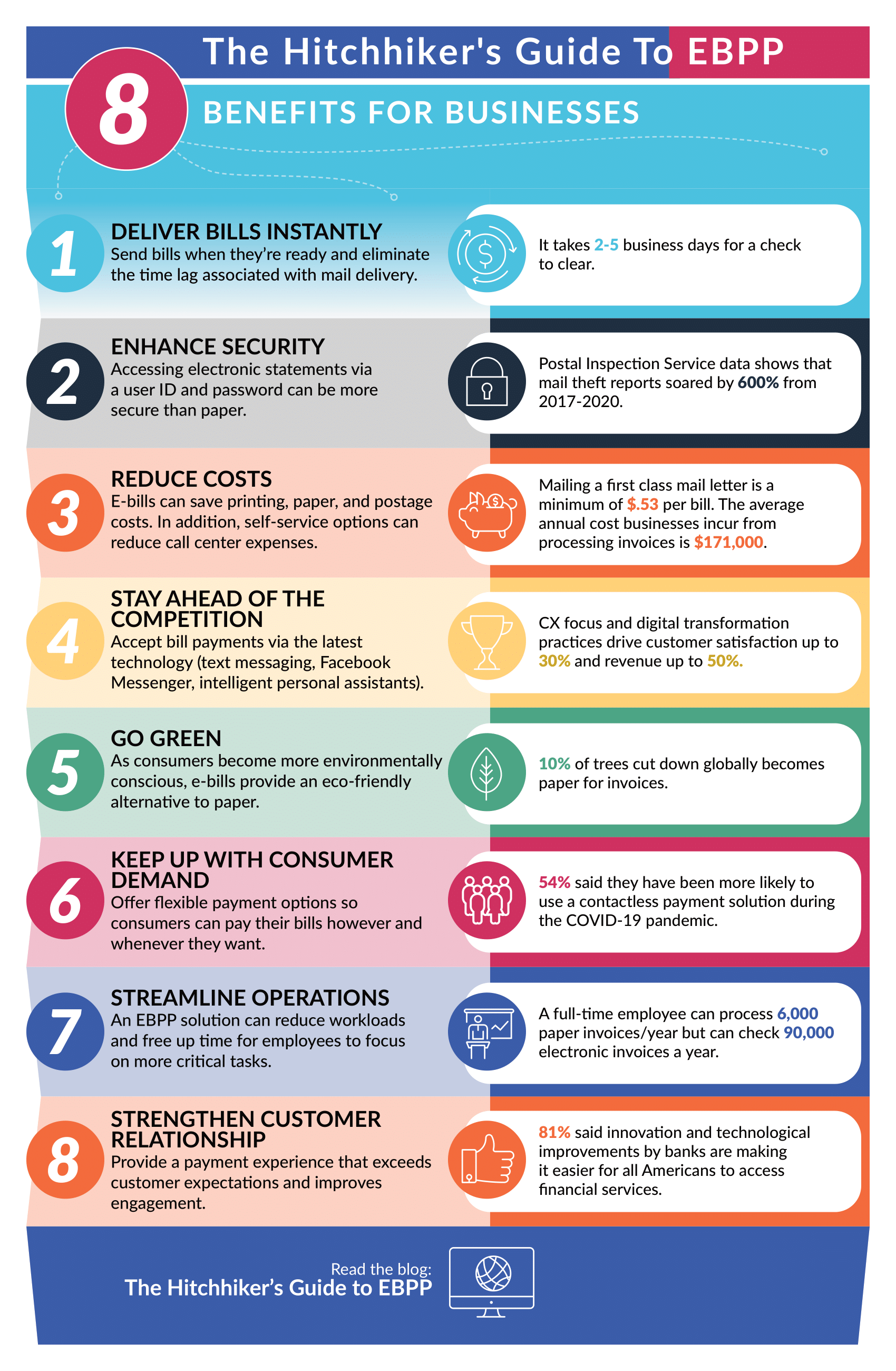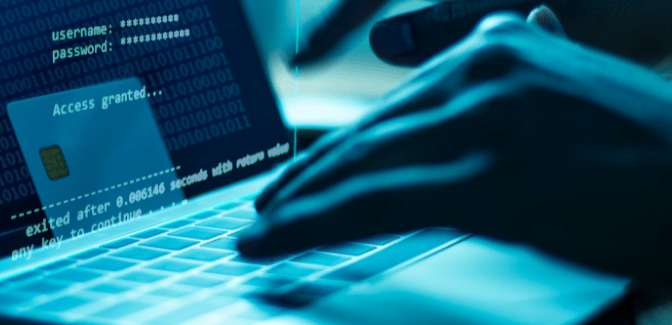Call centers across all industries have been struggling to remain fully staffed in the aftermath of the pandemic as well as through “The Great Resignation” and insurance call centers are disproportionally affected. Faced with higher-than-normal call volumes, whether from additional healthcare claims due to COVID-19, life insurance claims, or business interruption claims, more policyholders need to be able to talk to someone right away. Also, consider that people who are having financial struggles may be thinking of canceling their policies, so now is the time to create a valuable experience and provide flexibility.

For health insurance especially, the customer experience is now even more important. Before the Affordable Care Act, companies didn’t have much interaction with customers. ACA caused an influx of those who would have remained uninsured to apply for coverage.
In the wake of COVID-19-induced layoffs or voluntary resignations, those who used to have insurance through their employer will leverage COBRA, which is for a limited amount of time, which in itself can cause a high volume of questions and inquiries. It is estimated that 28 million, or just under 9 percent, of Americans, now don’t have health insurance. A chatbot can help with the influx of customer service requests and receiving payments in whatever method is necessary and convenient for prospective policyholders. And, if desired, a chatbot can help with enrollment.
An easy way to lessen the burden of call volume is to implement an AI chatbot on your website. Rather than have staff accept bill payments and answer common questions, conversational AI can allow customers to perform basic tasks via self-service using natural voice commands. Your chatbot can go beyond bill pay to answer commonly asked questions to address queries and resolve issues. With direct website integration, customers don’t have to be redirected to a new site to access the chatbot. Opening up additional self-service capabilities also offers an extension of your customer service hours to 24/7/365. Rather than your staff receiving a large volume of overnight requests each morning, a chatbot can handle issues even while they’re off.
Jose was laid off from his job but luckily found something he can start within two months. Fortunately, his homeowner’s insurance company offered an option to extend his premium deadline by paying a fraction of the payment. Instead of having to wait until normal business hours, he was able to talk to his insurance company’s chatbot to access the extension.
Reducing call volume not only greatly increases operational efficiency—you can do more with less staff—it also delivers a great experience for the customer. Shorter hold times will be appreciated but a chatbot will also transform how you engage with your customers. Your customers can now communicate with you from channels they already use and enjoy, such as Facebook Messenger, Amazon Alexa, and Google Assistant.
If you’re not already considering leveraging technology to improve your customer experience, consider that the insurance industry has been steadily investing in technology. A jump in spending in 2019 was cooled during the pandemic and then immediately increased in 2021, jumping four percent, year-over-year with another increase of just under 10 percent expected for 2022. Companies that want to remain competitive, will need to consider average industry spending.
Alacriti created Ella, an AI-powered chatbot that facilitates seamless, personalized, and context-aware interactions between you and your customers through messaging apps, intelligent personal assistants, and directly on your website.
To find out how Ella can transform how you engage with your customers contact us at (908) 791-2916 or info@alacriti.com.
Updated from a blog originally published September 1, 2020.























